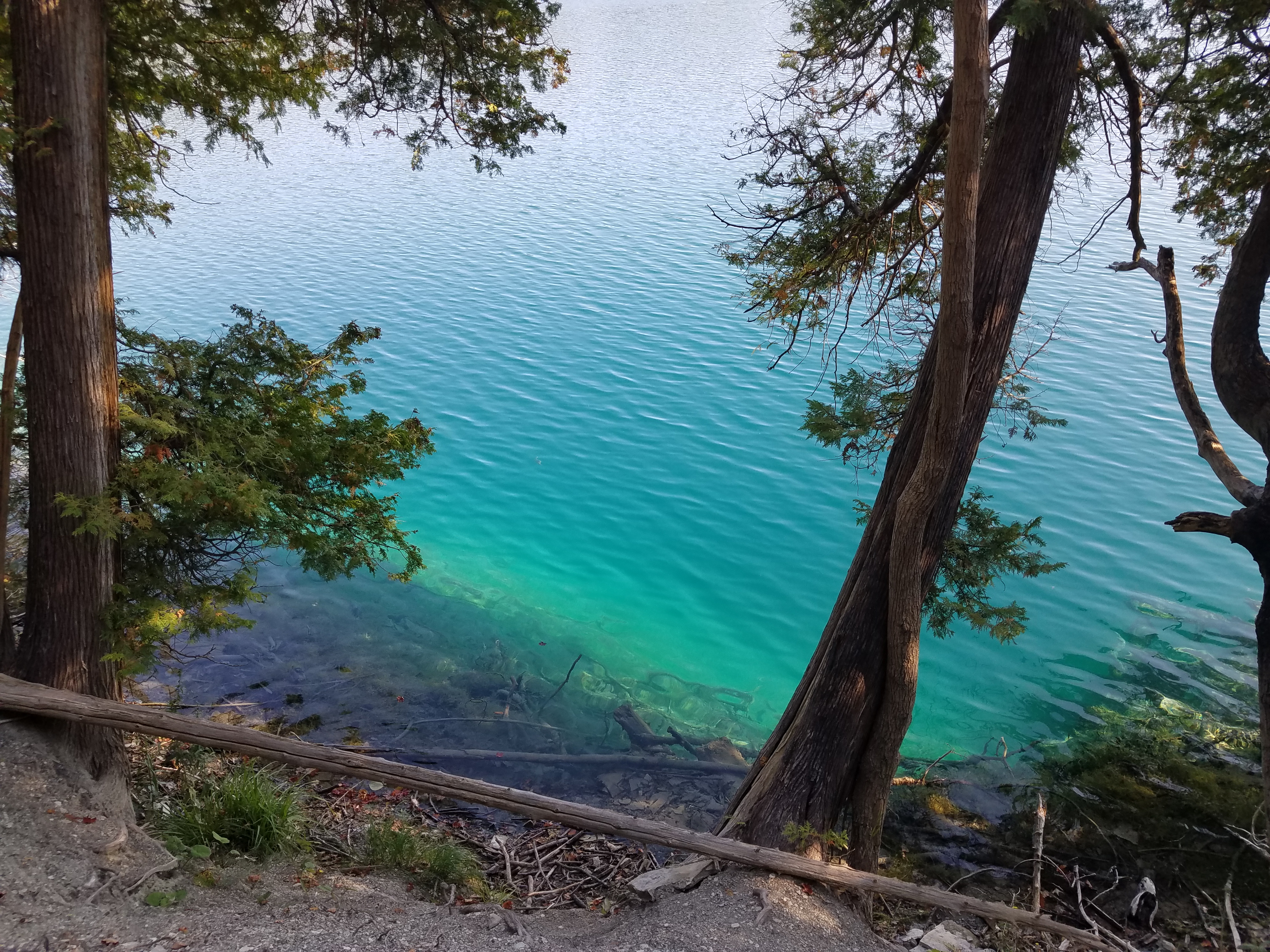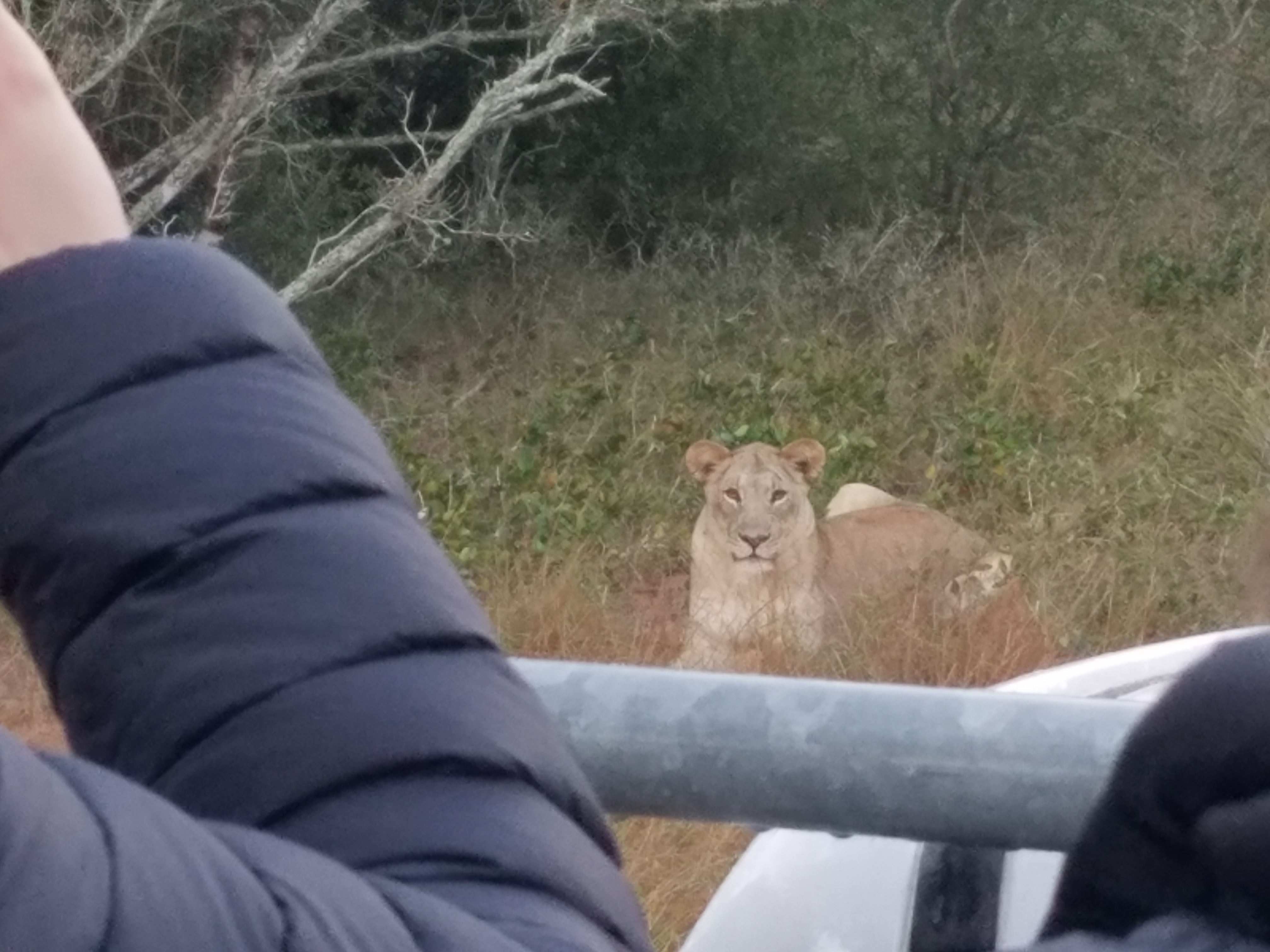
One of the most useful courses I took in graduate school was “Statistical Modeling in R” (EFB 796). Because there is such a wide array of analysis techniques available to scientists for answering ecological questions, there is frequently a lot of confusion regarding which technique is appropriate for a given dataset or question. Thus, this course was designed to expose graduate students to some of the most commonly used tools and provide practical guidance regarding when to use which. Topics included deterministic functions, stochastic distributions, simulation, linear models, maximum likelihood, Bayesian analysis, and random effects, among others, as well as practical matters like organizing and managing data. Because everything was done in R, we were able to practice our coding skills too. The final project consisted of applying appropriate analysis techniques to a dataset of our choosing, giving a professional presentation, and writing up the results to answer an ecological question of interest.

For my project, I decided to conduct a preliminary analysis on my existing thesis data by applying linear mixed modeling and determining the best model using a maximum likelihood approach. Specifically, my thesis focuses on how observations of livestock depredation by carnivores vary by spatio-temporal scale using published data from the scientific literature. I had two response variables: one was the number of livestock injured or killed per year per square kilometer, whereas the other was the percent annual loss of a herd, all due to carnivores. My explanatory variables consisted of spatial extent (i.e. study area – measured in square kilometers), temporal extent (i.e. study duration – measured in years), and carnivore species involved. I also included continent as a random effect. Because these analyses are only preliminary, and further data refinement and collection need to be completed, I will discuss the final results in a later post. Nevertheless, this class served as an excellent guide in navigating the world of ecological modeling and was a great way to start playing with my thesis data. Besides fitting different models, I learned a lot about exploratory data analysis, data transformation, meeting model assumptions, interpreting and summarizing results in light of the hypothesis, addressing a variety of coding errors, creating plots, goodness of fit testing, and the general research process as well as good coding practices in R.